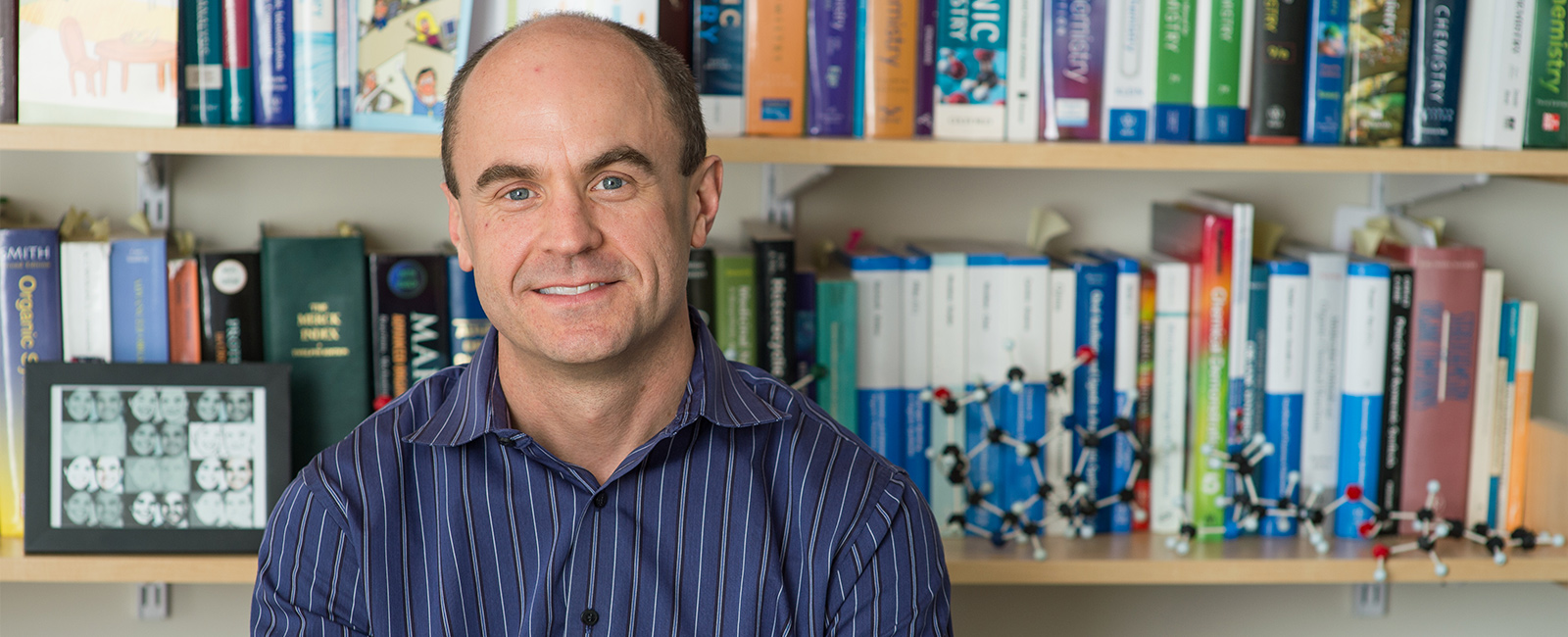The unifying theme of our research is the discovery and application of new chemical reactions and technologies.
Continuous Flow Synthesis:
Among our research endeavors is the development of effective and reliable continuous flow protocols to improve reaction yield, selectivity and minimize safety risks relative to batch conditions. Included are continuous flow protocols to prepare b-amino alcohols, amino acids, tetrazoles, pyrazoles, oligomers, asymmetric ketones, cyclic carbonates and amide bonds, as well as DIBAL-H reductions of esters to aldehydes, oxidation of alcohols and aldehydes, hydrogen-free alkene reductions, couplings, and a variety of transformations mediated by photoredox catalysis.
We are also focused on streamlining synthetic processes by telescoping multiple reactions within a single, continuous and uninterrupted reactor network. This circumvents the need for isolation and/or purification of intermediates. Some examples include (a) a continuous protocol for the two-carbon homologation of esters to prepare α,β-unsaturated esters with high yield and selectivity; (b) synthesis of 2-functionalized phenols via benzyne-mediated in-line generation of arylmagnesium intermediates and aerobic oxidation; (c) developing a three-step continuous flow system which integrates in-line isocyanide formation and photochemical cyclization for preparing quinoxaline derivatives and (d) developing continuous flow methods for the synthesis of active pharmaceutical ingredients such as rufinamide, diazepam, atropine, lidocaine hydrochloride, nicardipine hydrochloride, neostigmine methylsulfate and fluoxetine hydrochloride.
Within a broader context, our group also focuses on the development of end-to-end continuous manufacturing processes which handle a variety of reactions, separations, crystallizations as well as drying and formulation steps to generate active pharmaceutical ingredients in one controlled process.
Nickel–Catalyzed Carbon–Carbon Bond Formation:
The majority of the transformations under investigation are carbon–carbon bond–forming reactions promoted by nickel catalysts. We have discovered a variety of coupling reactions to join a number of different functional groups in a highly regio–, stereo– and enantioselective fashion depending on the nature of the supporting ligands on nickel.
Epoxide–Opening Cascades:
Over two decades ago, Koji Nakanishi proposed a provocative explanation for the structural and stereochemical similarities found across the ladder polyether family of natural products – the transformation of a polyepoxide into a ladder polyether via a cascade of epoxide–opening events. Effort in our group has focused on the replication or emulation of such cascades. One aim is the efficient synthesis of these extremely complex natural products. In addition, we hope that our explorations into a diverse set of epoxide–opening cyclizations and cascades will shed further light on the fundamental feasibility of the Nakanishi’s hypothesis.

